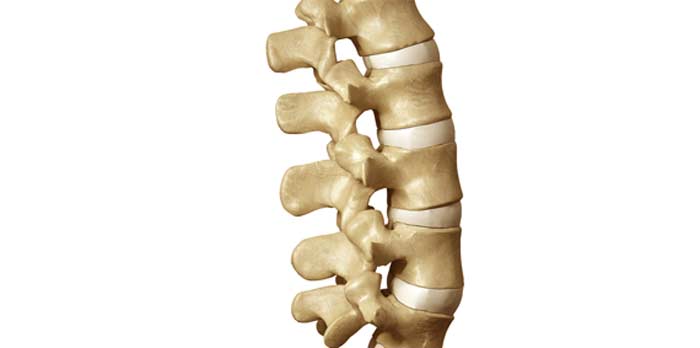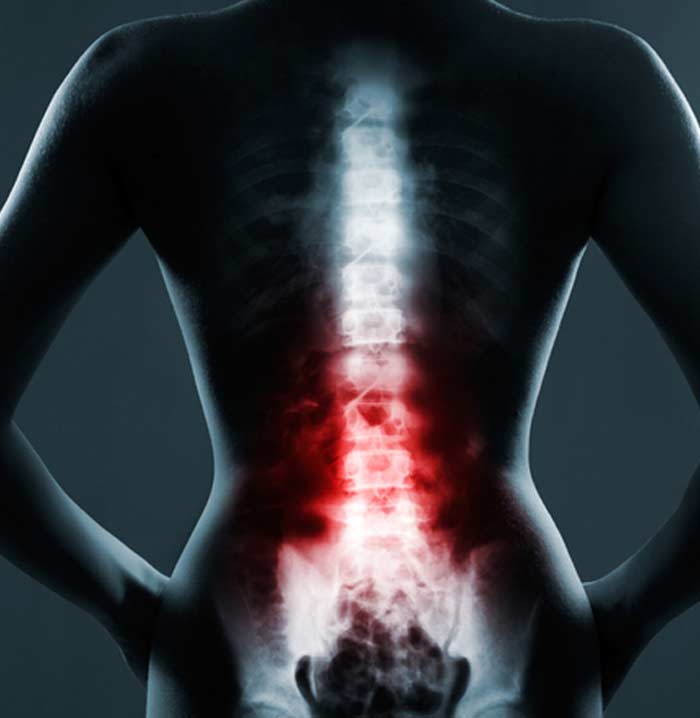
A vertebral compression fracture is a fracture that affects the bones of the spine, referred to as vertebrae.
While any person may experience this fracture, those with osteoporosis are commonly affected. In fact, about 750,000 people per year who have osteoporosis experience this injury.
Learning more about how this fracture affects patients and the treatment options ensure that people are informed.
Possible Complications
It is important to seek prompt treatment to reduce the risk of complications. Knowing the symptoms can help people to determine when they might have a vertebral compression fracture. When this injury occurs, the following symptoms are possible:
- Back pain that comes on suddenly
- When lying on the back, the pain intensity decreases
- Eventual height loss
- When walking or standing, the pain intensity increases
- Limited spinal mobility
- Eventual disability and deformity


There is the risk of complications with vertebral compression fractures. These may include:
- Kyphosis
- Segmental instability
- Neurological complications
Kyphosis can cause rounding in the thoracic spine, which is in the mid-back. It occurs due to the front of the spinal vertebrae wedging and collapsing. In the most severe cases, the pain can be debilitating. It could lead to compression of the lungs, heart and intestines.
Segmental instability occurs when a vertebra collapses by more than half due to a fracture. The segments of the spine work in unison to allow for movement, spinal support and weight bearing. If a segment collapses or deteriorates, this can impair daily activities and cause pain.
This injury may result in neurological complications in some cases. This can occur if the fractured area compresses spinal nerves or the spinal cord.
Treatment Options
When a vertebral compression fracture is diagnosed, the doctor may recommend bed rest. This is typically only done for a short time. Prolonged inactivity is typically not something that doctors suggest. Once the patient comes off of bed rest, their doctor will let them know about any activity restrictions they should adhere to.
Since this injury can cause pain, medications are often prescribed. For the short period of acute pain following the injury, doctors might prescribe muscle relaxers and narcotic pain medicines. Once the acute pain subsides, it is typically suggested that patients use acetaminophen or a non-steroidal anti-inflammatory drug to decrease their discomfort.
Back bracing is another treatment option. This helps to reduce pain by limiting the motion of the spine while the fracture heals.
If these measures do not help the patient to heal, there are surgical procedures that might be considered. The first is called a vertebroplasty. This involve injecting a special acrylic bone cement into any vertebrae that have collapsed. This can stabilize the fracture.
Prior to injecting the cement, a kyphoplasty might be performed if the patient is experiencing kyphosis. This helps to alleviate pain and restore spinal configuration and shape.
Vertebral compression fractures are not uncommon. Those who suspect they may have one should not hesitate to talk to a doctor to get an accurate diagnosis.
